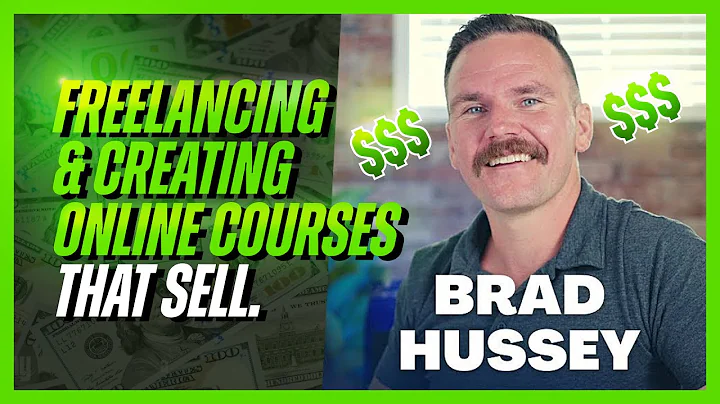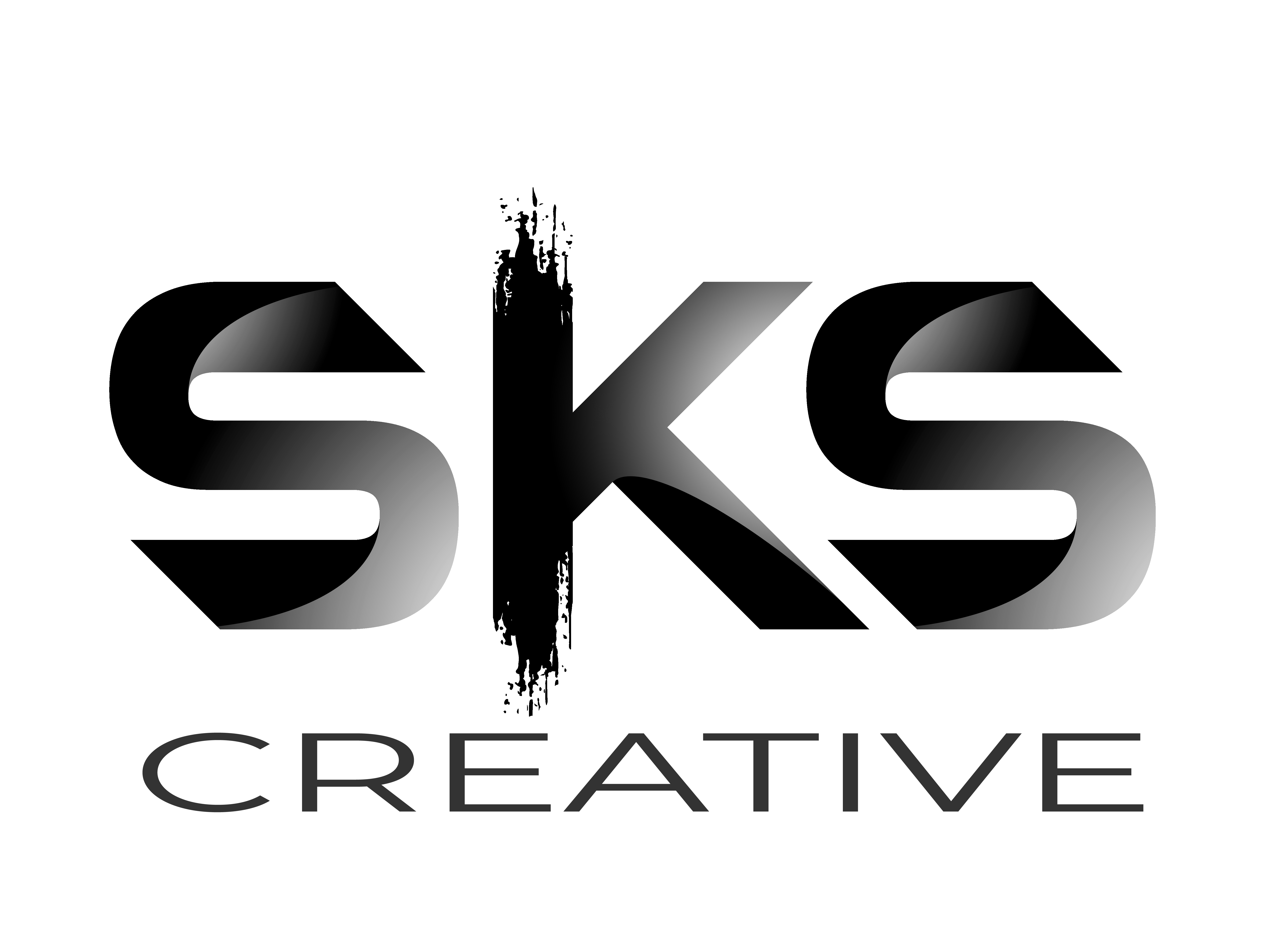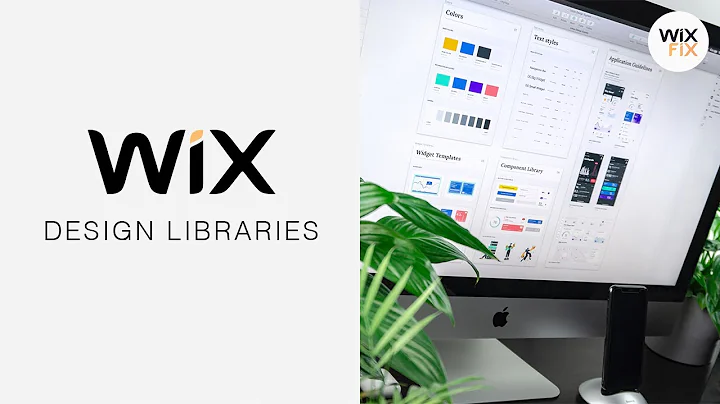Editor X
CREATED BY
18:23
How To Create A Standout Portfolio | Editor X
How To Create A Standout Portfolio | Editor X
Creating a standout portfolio can be a game-changer for any designer, be it a seasoned professional or a student just starting their journey. Your portfolio is often the first impression you leave on potential clients or employers, so it needs to be captivating and purposeful. In this blog post, we will discuss valuable insights and tips for crafting a top-notch design portfolio that captures your unique creative identity and highlights your skillset.
Recently, Lisa Ito and Etom Kellner from Wix Playground Academy, a five-week course that helps young graphic designers discover their creative identity and build their online presence, shared their expertise on how to create a standout portfolio. Both Lisa and Etom have extensive backgrounds in graphic design and branding, with experience in hiring designers, teaching, and mentoring.
Over the years, they have helped more than 250 students from around the world design their personal and professional portfolios using Editor X - a powerful platform for building visually stunning and highly tailored websites.
So without further ado, let's dive into their top tips and advice for building an unforgettable portfolio using Editor X.
Showcase your creative identity
Every designer has a unique creative identity. Your portfolio should reflect that originality through both the content you display and the design elements you use. Consider how you can express your personal brand and style through your layout, color palette, typography, and website interactions.
For example, you may want to use your signature color or specific design elements consistently across your portfolio, which would help visitors recognize your work and associate it with your unique style.
Keep a consistent visual language
To create a cohesive and professional impression, it's crucial to maintain consistency in the visual language throughout your portfolio. Align everything from your resume to your project case studies with the same visual style. This includes the typography, colors, and layout. By doing so, you are forming a strong personal brand identity that sets you apart from other designers.
Tell a story with your case studies
Your portfolio should not merely display the end-results of your projects; it should also showcase the journey behind them. A case study format can be an effective way to narrate the story behind each project, from the problem you aimed to solve and your creative thought process to the final solution implemented.
Remember to include the context of the project, the goals, the challenges you faced, and the successes you achieved. This narrative-driven approach will give potential clients or employers a comprehensive understanding of your work ethic and problem-solving abilities.
Select projects wisely
Quality over quantity should always be your guiding principle when it comes to selecting projects for your portfolio. Choose work that reflects your strengths, interests, and design philosophy. Also, consider what type of projects you want to work on in the future and tailor your portfolio accordingly. Displaying a diverse range of projects will demonstrate your versatility as a designer and can help you appeal to a broader audience.
Optimize your portfolio for all devices
Your portfolio must function seamlessly across various devices, including desktop, laptop, tablet, and mobile. With Editor X, you can easily create responsive websites that look and function perfectly on any device. This is not only vital for user experience but also essential for SEO purposes, as search engines tend to favor mobile-friendly websites when ranking search results.
Get feedback before launching
Before making your portfolio public, gather honest feedback from trusted peers, mentors, or professionals in the design community. This will help you identify areas for improvement and ensure that your portfolio truly stands out.
Don't forget your call-to-action
Ultimately, your portfolio aims to convert website visitors into potential clients or employers. Therefore, include clear call-to-actions (CTAs) in strategic locations, such as your homepage or project case study pages, that prompt visitors to take the desired next step, whether it's getting in touch with you or exploring your work further.
Leverage the power of Editor X
With the help of Editor X, you can create a visually striking portfolio that is tailored to your unique creative identity. The platform offers advanced design capabilities that are suitable for any device, providing you with endless possibilities to showcase your work and tell your story.
Join the LiveLearning.EditorX.io Community for Monthly NoCode Design Challenges W/ Prizes
If you're looking to further your design career or simply hone your skills through exciting monthly NoCode design challenges, we invite you to join the LiveLearning.EditorX.io community. The platform offers invaluable mentoring on how to build your design business, create standout portfolios, and connect with like-minded creatives from around the world.
In conclusion, your portfolio is your number one personal branding tool, and by incorporating the invaluable tips and insights shared by Lisa Ito and Etom Kellner, you can create an unforgettable design portfolio that showcases your unique talents and helps you stand out in a highly competitive industry.


Join over 5,000+ people learning, helping each other to scale their freelance/design business, taking no-code challenges, collaborating, talking about their projects, and more!
Join Designers & Creatives From All Over The World!

More Like This #Tag
Brad Hussey | Freelancing As A Web Designer & Creating Online Courses That Sell (Passive Income)
Editor X TV | With Brandon Groce
1:12:35














